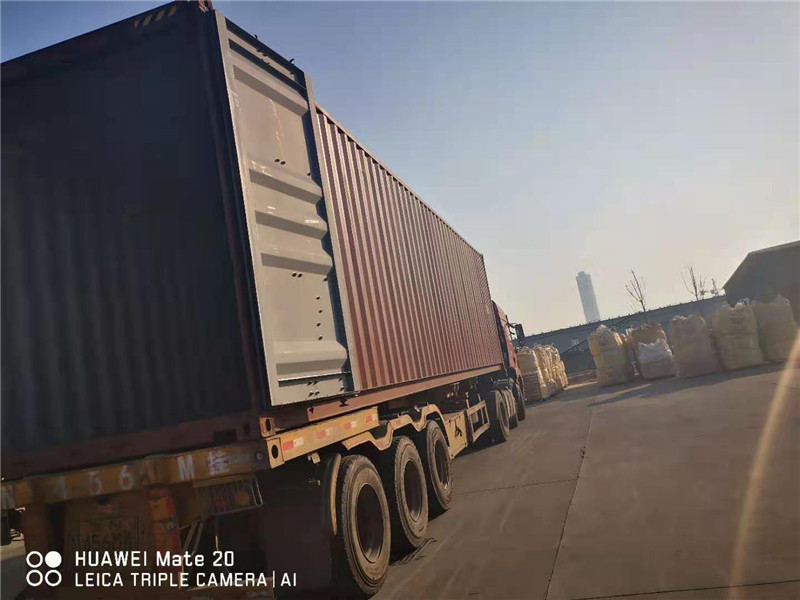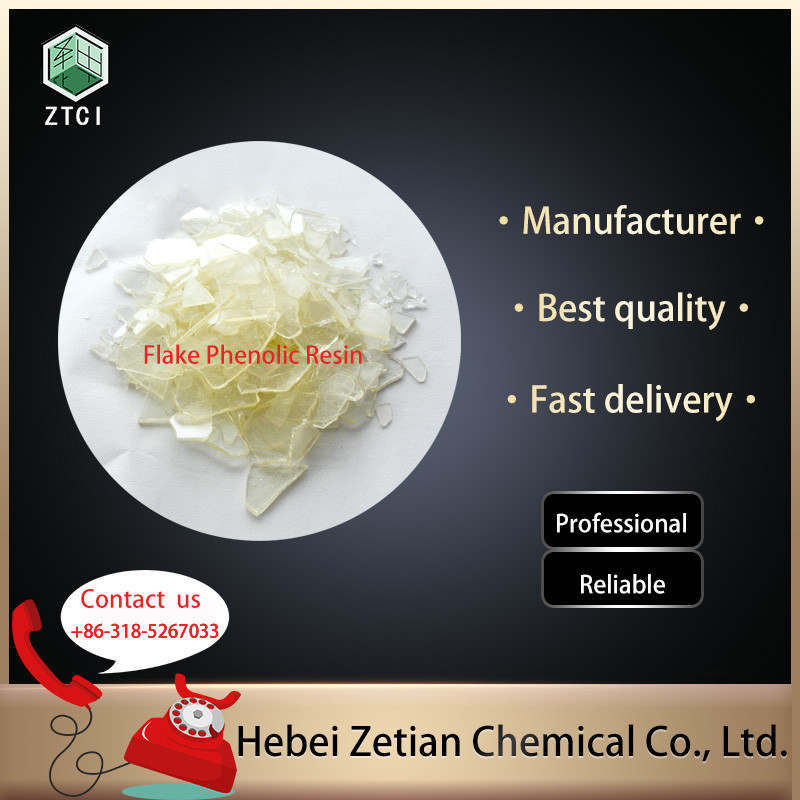Phenolic resin for friction materials (part two)
Technical data for high grade resin
|
Grade |
Appearance |
cure /150℃(s) |
Free phenol(%) |
pellet flow /125℃(mm) |
Granularity |
Application/ Characteristic |
|
6016 |
Light yellow powder |
45-75 |
≤4.5 |
30-45 |
99% under 200 mesh |
Modified phenolic resin, brake |
|
6126 |
70-80 |
1.0-2.5 |
20-35 |
NBR modified, impact resistance |
||
|
6156 |
Light yellow |
90-120 |
≤1.5 |
40-60 |
Pure phenolic resin, brake | |
|
6156-1 |
Light yellow |
90-120 |
≤1.5 |
40-60 |
Pure phenolic resin, brake |
|
|
6136A |
White or Light yellow powder |
50-85 |
≤4.0 |
30-45 |
Pure phenolic resin, brake |
|
|
6136C |
45-75 |
≤4.5 |
≥35 |
|||
|
6188 |
Light pink powder |
70-90 |
≤2.0 |
15-30 |
Cardanol double modified, good fexibility, stable friction performance |
|
|
6180P1 |
White/light yellow flake |
60-90 |
≤3.0 |
20-65 |
—— |
Pure phenolic resin |
Packing and storage
Powder: 20 kg or 25 kg/bag, flake: 25 kg/bag. Packed in woven bag with plastic liner inside, or in Kraft paper bag with plastic liner inside. Resin should be stored in a cool, dry and well ventilated place far away from heat source to avoid moisture and caking. The shelf life is 4-6 months below 20℃.
Brake shoes, also known as friction shoes, are metal plates used as the metallic half of friction braking systems.
Friction discs, also known as friction disc plates or friction plates, are used in automotive brake systems. They consist of a metal plate bonded with friction material. Friction discs are commonly made from metal. However, the use of metal has a drawback, which is the grinding noise created when friction is applied. Often, therefore, manufacturers coat metallic braking components with other high friction materials, like rubber, so that they’re not so loud.
Clutch discs, or friction clutch discs, are a subtype of the friction disc. They link a car engine to its transmission input shaft, where they facilitate the temporary separation that takes place when the driver shifts gears.

![i[Copy] Phenolic resin for friction materials (part two)](https://www.ztci.net/uploads/5dd41230.jpg)
![[Copy] Phenolic resin for friction materials (part two)](https://www.ztci.net/uploads/5529f459.jpg)




